HTC Vive Pro vs HTC Vive: should you upgrade to the high-end headset?
It's Vive versus Vive
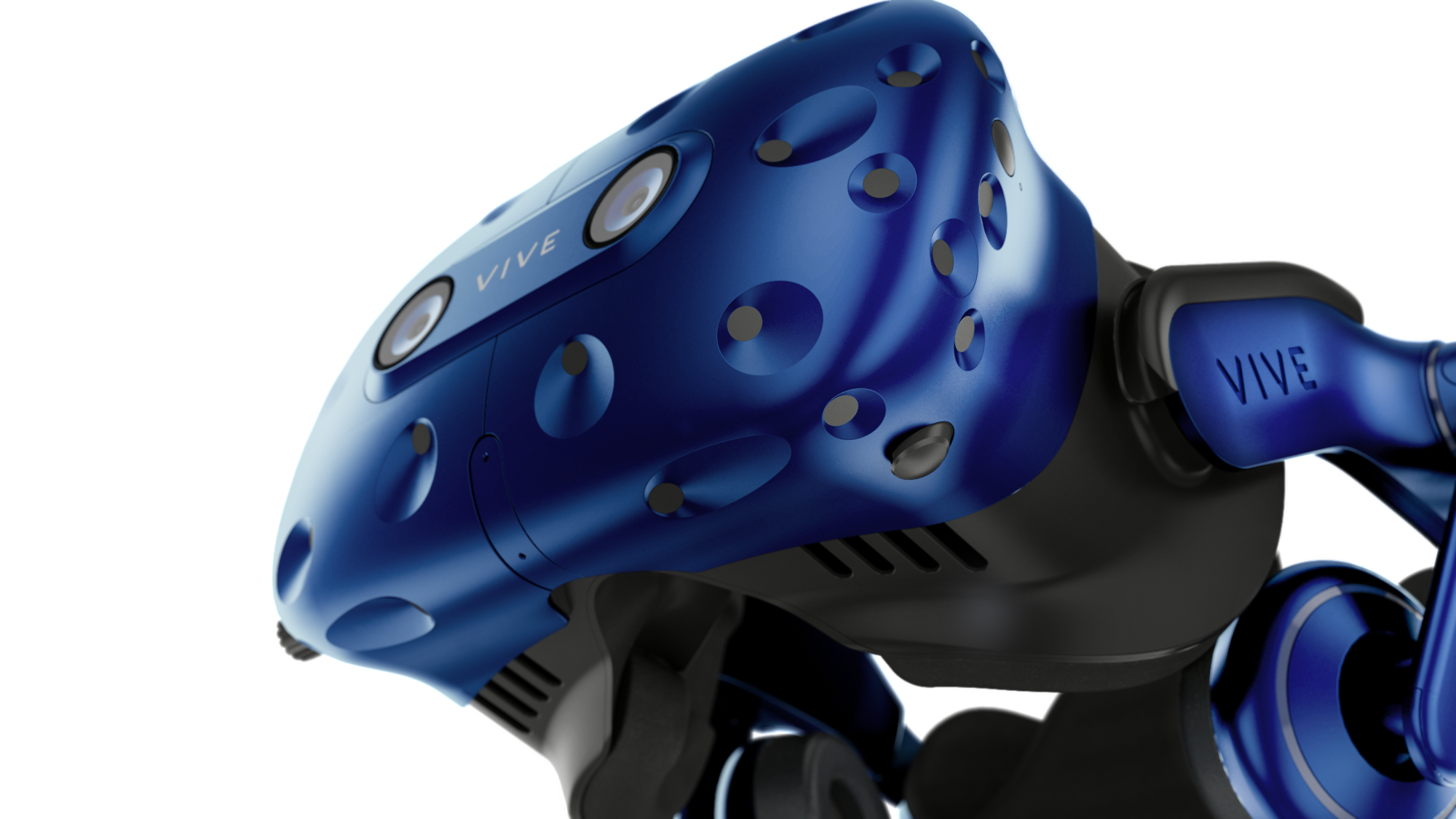
The HTC Vive Pro release date is here, and now that we've had proper time to test out the new headset, the big question is: should you upgrade?
- Read our HTC Vive Pro review
The original HTC Vive has long held the title of best VR headset, and the next-gen Vive Pro improves on the experience. It's akin to a sports car that's now available in a luxury package rather than just a standard edition.
Two big standouts with the HTC Vive Pro are its eye-popping resolution and the higher level of comfort it offers. But those aren't the only differences between the first and second-gen Vive headsets, and there are important considerations to make before opting to go with the Pro, not least of all its price.
We've pitted the HTC Vive Pro vs the HTC Vive with the aim of giving you all the information you need to make a decision on which headset is right for you. Read on to see which Vive comes out victorious.
HTC Vive Pro vs HTC Vive: Design
The HTC Vive and the HTC Vive Pro clearly come from the same lineage, though the latter is a distinct evolution on the first with some notable changes.
First, the HTC Vive Pro is a navy blue shade rather than the light grey of the HTC Vive. It's a dark blue, however, so the Vive Pro almost passes for the original.
After you get past the new color, right up front you'll notice the HTC Vive Pro has added a second camera lens. It wasn't known what the exact purpose of the new dual-lens set-up was until late January, when HTC Vive Vice President Raymond Pao revealed the lenses are stereoscopic cameras with tracking capabilities.
Get daily insight, inspiration and deals in your inbox
Sign up for breaking news, reviews, opinion, top tech deals, and more.
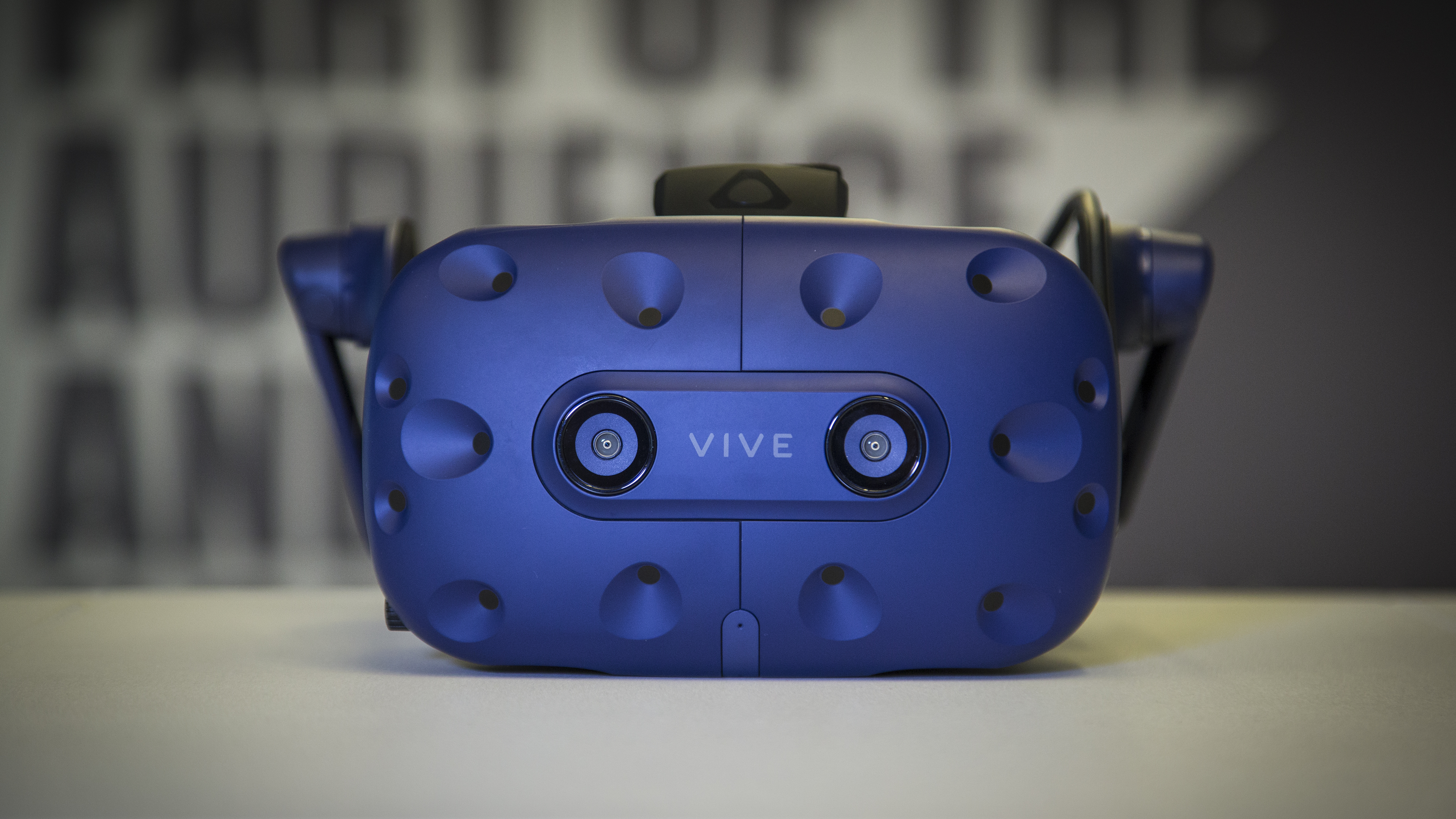
This means the HTC Vive Pro is capable of tracking hand gestures, though at the moment, the VGA resolution isn't good enough to support inside-out tracking, as seen on the standalone HTC Vive Focus.
Ultimately it's up to developers to make use of the HTC Vive Pro's tracking powers, so we'll have to wait and see how those are put to use in applications and games for the headset.
Another big addition to the HTC Vive Pro design-wise are built-in headphones. The HTC Vive lacks built-in audio, while the HTC Vive Pro pipes sound directly to your ears through the attached headphones.
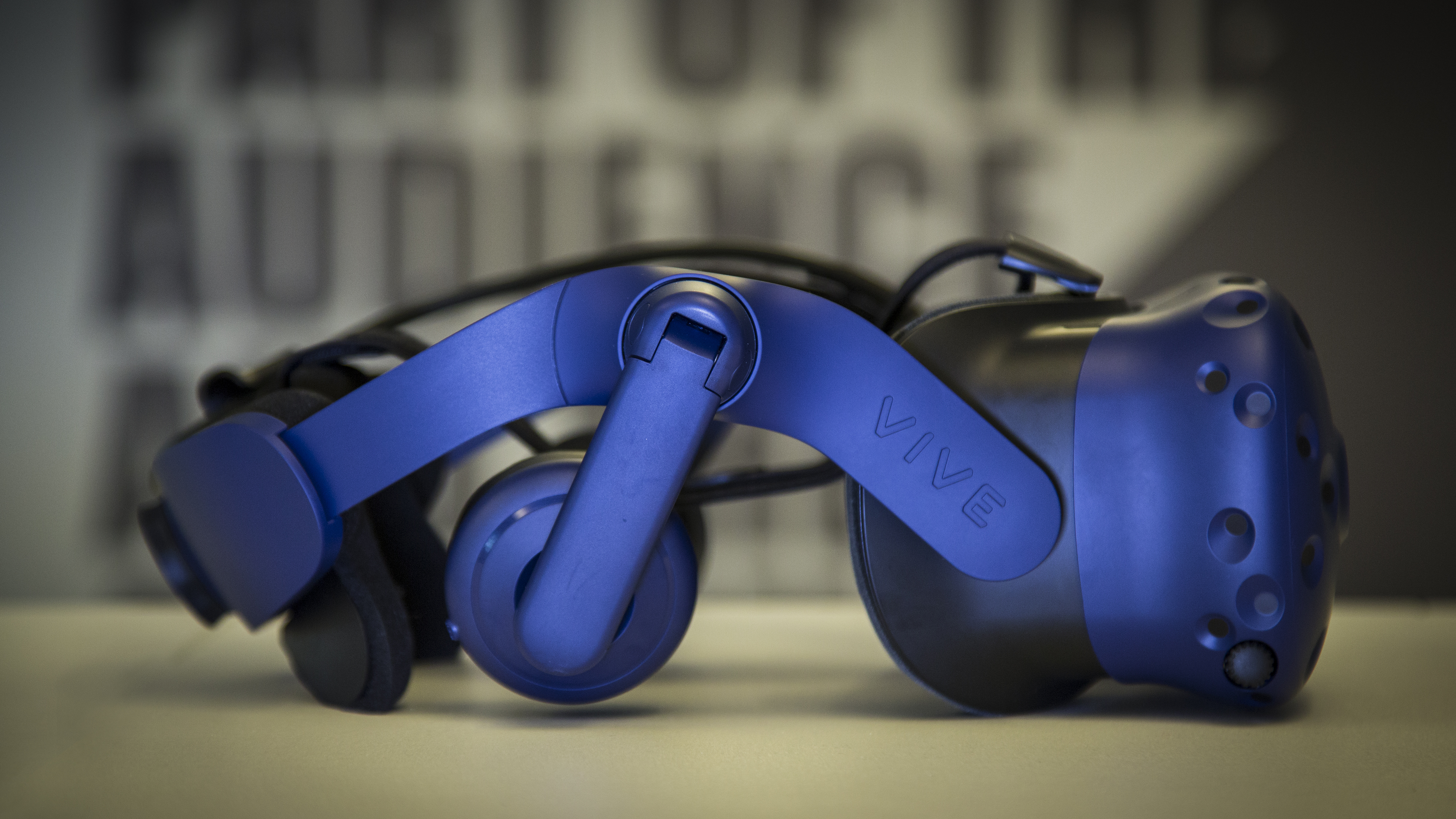
This means you won't have to supply your own set of headphones to experience the audio of the virtual world you're in, though the HTC Vive does come with earbuds in the box.
The addition of headphones also brings the HTC Vive family more closely in line with Oculus Rift, which already featured built-in headphones.
Other design changes include a new chassis that HTC says more evenly distributes the Vive Pro's weight on your head. In our experience, we found the HTC Vive Pro felt lighter and more secure than the original, though the original Vive is still very comfortable.
Additionally, the Vive Pro slips on more comfortably than the HTC Vive, especially if you're wearing glasses.
There's also a knob at the back to tighten the HTC Vive Pro around your head, which the original Vive doesn't feature.
In our testing, we found the Vive Pro's new rubber nose guards do a better job blocking out light than the HTC Vive, and the foam pad cushions make for a more comfortable fit during extended gameplay.
HTC Vive Pro vs HTC Vive: Specs
Here's the real meat and potatoes of the differences in the two headsets. The HTC Vive Pro is an upgrade to the Vive, but how, exactly?
Let's start with resolution. The HTC Vive has a resolution of 1080 x 1200 pixels per eye, or 2160 x 1200 pixels combined.
The HTC Vive Pro resolution on its Dual AMOLED display, meanwhile, is 1440 x 1600 pixels per eye, or 2880 x 1600 pixels combined. The HTC Vive Pro can display 615 dots per inch, which is a 78% increase over the Vive.
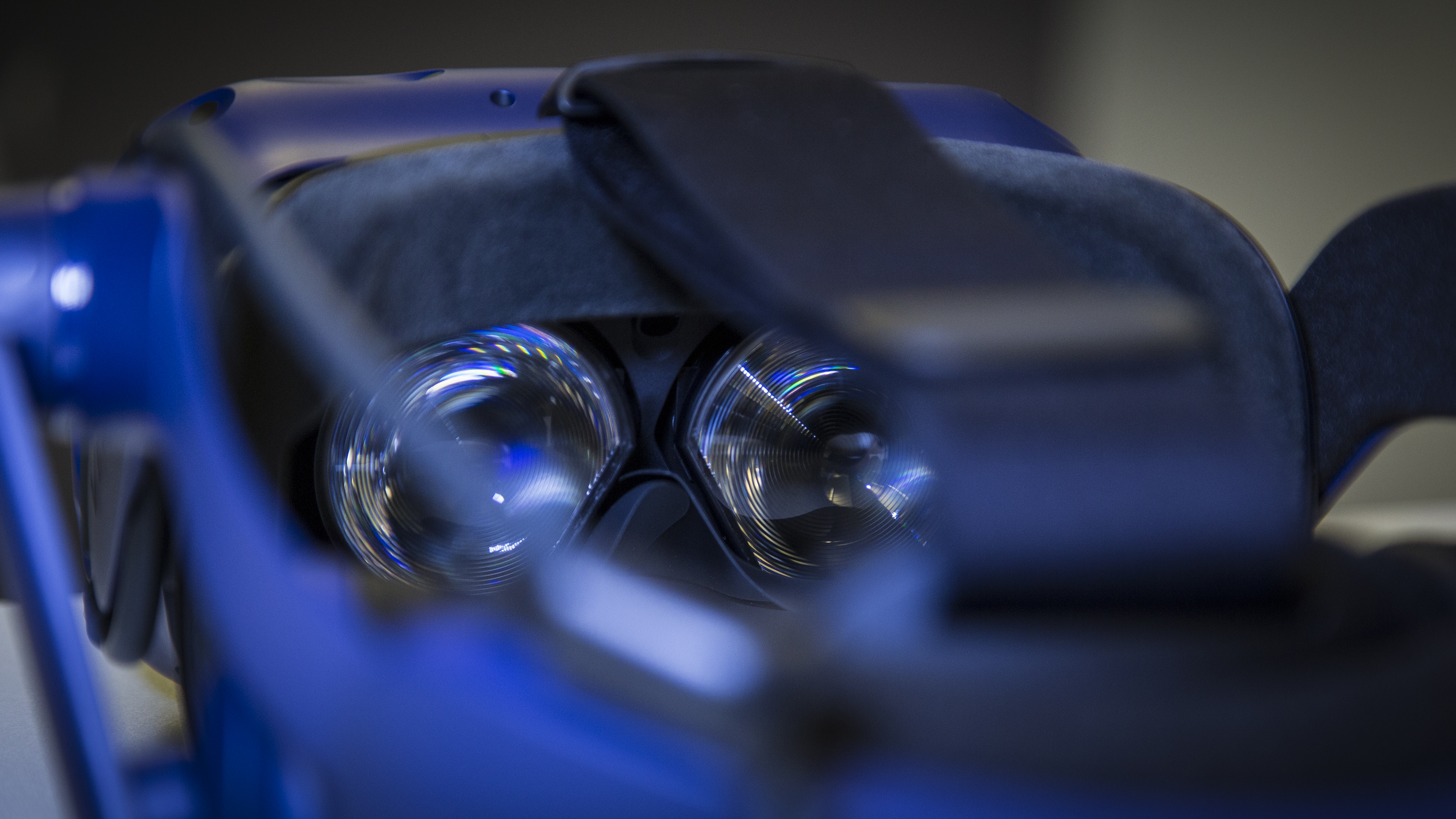
All these numbers add up to better visuals. We saw this for ourselves at GDC 2018 when we donned an HTC Vive and HTC Vive Pro, both running the same demo.
While the HTC Vive visuals were sharp enough, there was still a discernible screen door effect to them. Switching to the HTC Vive, the screen door effect was nearly eliminated. What's more, shading and textures were much more pronounced; metal looked like metal, while glare from the sun on a window looked almost lifelike.
Additionally, the HTC Vive Pro's pixel boost also makes reading text easier, especially smaller print. The HTC Vive Pro's visuals have a richness and sharpness to them that the HTC Vive's simply don't.
The Vive Pro requires essentially the same PC specs as the Vive to run, though there are a few small differences. For starters, the Vive Pro calls for USB 3.0 and DisplayPort 1.2 connections, whereas the Vive supports USB 2.0 and HDMI.
Finally, HTC recommends you have a Nvidia GeForce GTX 1070/Quadro P5000 or AMD Radeon Vega 56 or above graphics card for the optimum experience on the Pro. However, you can still use the GTX 1060 or Radeon RX480 graphics cards that are recommended for the original Vive.
Aside from the resolution and minor PC spec differences, there's not much separating the HTC Vive Pro from the HTC Vive spec-wise.
HTC Vive Pro vs HTC Vive: Price
Here's where a lot of HTC Vive Pro hopefuls will hit a wall. Price is a major consideration when choosing between the HTC Vive Pro and original Vive, and it has to do with more than the sticker price.
Let's start with that: the HTC Vive Pro price is $799 / £799 (about AU$1,015). That's exactly how much the HTC Vive cost at launch. Since then, though, the HTC Vive price has dropped dramatically, and now it costs $499 / £499 (about AU$615).
To put these prices against the top Vive rival, the Oculus Rift price is $399 / £399 (around AU$640).

Neither the HTC Vive nor the Vive Pro are inexpensive, but clearly you pay a lot more for the Vive Pro. And here's the rub: the HTC Vive Pro price is just for the headset.
That's right. While the HTC Vive price includes the headset, two controllers, two base stations and other accessories, the HTC Vive Pro doesn't come with any of that.
You'll have to purchase items like controllers separately if you don't already own a pair, or wait until a bundle becomes available later this year.
HTC is developing new controllers for the Vive Pro, though there's no word on when exactly those will launch. Thankfully, the original Vive controllers and Lighthouse sensors are compatible with the new headset, so if you own an original Vive, you can get away with just ordering the Vive Pro by itself.
Which should you buy?
On paper, the HTC Vive Pro is a better VR headset than the HTC Vive, and that's saying a lot considering how good the HTC Vive is.
In reality, the Vive Pro improves on the original in a number of significant ways, including in resolution and overall comfort. It's not perfect, as we found in our review, but the HTC Vive Pro has a number of design improvements that are almost as important as the upgraded resolution.
Where the HTC Vive Pro falters is in its price, and the fact that it only includes the headset in the box.
If you're a first-time Vive shopper and opt for the Vive Pro, you're not only paying the same price as the original Vive, but you'll also need to buy the controllers and other accessories separately, adding to the overall cost.
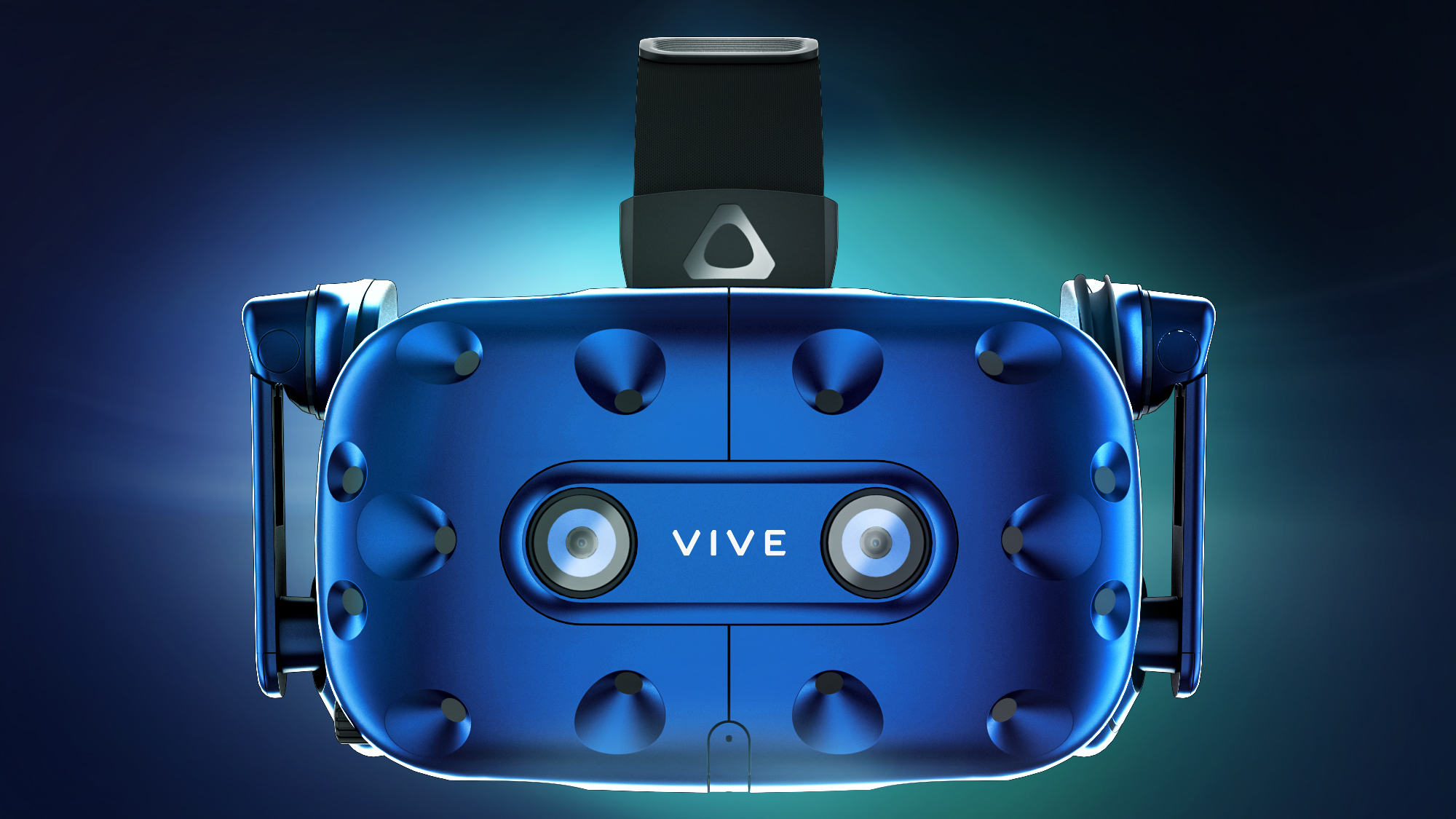
You could also run into setup issues, as we did when we began tinkering with our HTC Vive Pro, which may put you off from the VR headset.
The HTC Vive Pro price is a tall one to pay for virtual reality, so the new headset may be best suited for VR enthusiasts and arcade owners given its setup challenges and steep cost.
The HTC Vive is still a very good headset, and at its new cheaper price, it's an even more attractive offering. It still beats out the Oculus Rift in terms of overall performance, and now only costs $100 / £100 more.
If you already own the HTC Vive, you're probably fine holding off on upgrading until the Vive Pro price comes down. However, if you really want to own the latest and greatest in VR technology, and have the funds to upgrade, than adding the Vive Pro to your collection is something to consider.
You may also want to wait on making a decision until more apps and games that take advantage of the HTC Vive Pro's powers come to the fore, which could further justify its high price tag.
One final way to think about choosing between the HTC Vive Pro and HTC Vive is that it's sort of like choosing between the latest smartphone and the one that came before it; the older handset is still an excellent and capable device, but it looks and feels a bit outdated when put next to the shiny new arrival.
- Want more VR? Check out our PlayStation VR review
Michelle was previously a news editor at TechRadar, leading consumer tech news and reviews. Michelle is now a Content Strategist at Facebook. A versatile, highly effective content writer and skilled editor with a keen eye for detail, Michelle is a collaborative problem solver and covered everything from smartwatches and microprocessors to VR and self-driving cars.
